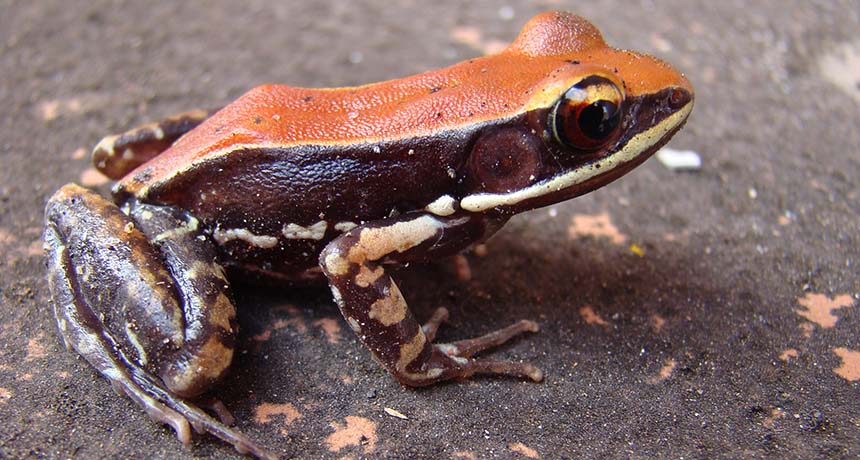Frog slime protein fights off the flu

Slime produced by Hydrophylax bahuvistara contains a newly identified flu-fighting protein called urumin, named for a type of sword used in the region of India where the frog resides.
Sanil George & Jessica Shartouny







